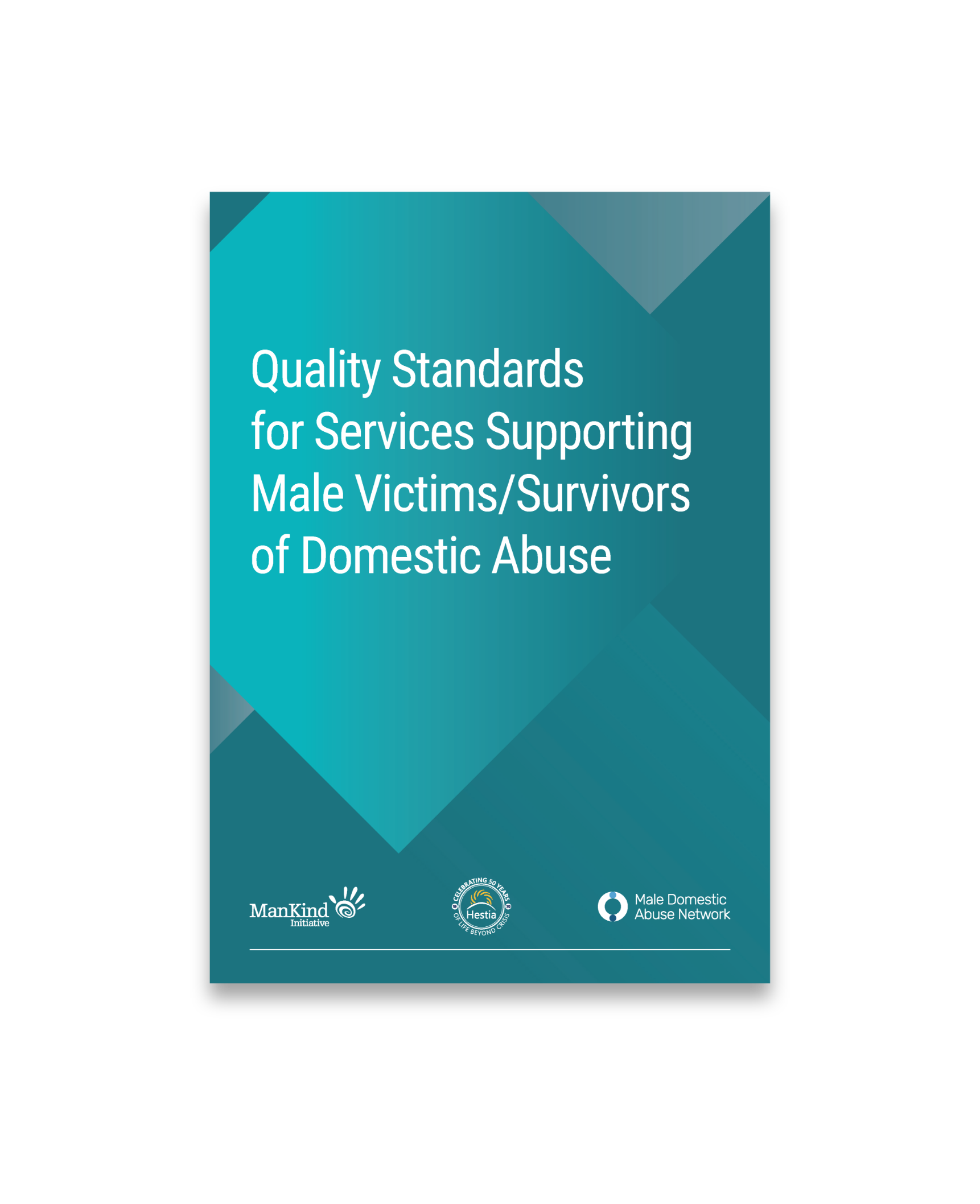These Quality Standards for Services Supporting Male Victims/Survivors of Domestic Abuse are an achievable national framework and benchmark for commissioners, service providers and public authorities. One that can be used to develop, improve and deliver the best quality service and response that recognises the gender-based needs of men. These though are not separate to the core domestic abuse and/or safeguarding standards used in the sector, these provide a framework to support a more tailored and inclusive approach for male victims that build upon those core standards.
Support for the development and implementation of the Quality Standards has been overwhelmingly positive from the full range of partners operating within the domestic abuse support sector. These include professionals working with male victims/survivors, services providing support, commissioners, policymakers, and most importantly, a wide range of male victims/survivors.
They have been developed through collaboration with the domestic abuse sector’s professionals and commissioners, alongside listening closely to the voices of male victims/survivors. They are created for the sector and survivors, by the sector and survivors.
The development and implementation of Quality Standards will achieve the following objectives:
- Share and promote new ways of working, including partnership and co-delivery, for both service providers and commissioners.
- Improve quality by supporting both service providers and commissioners to adopt effective performance monitoring and benchmarking against the Quality Standards.
- Influence commissioners and policymakers to use the Quality Standards to promote equitable service provision between services and across geographical locations.
Whilst independent, they are also aimed at being a parallel set of Service Standards to those developed by the Male Survivors Partnership in collaboration with LimeCulture, for supporting male victims/survivors of sexual violence. Thereby, helping commissioners, policy makers and service providers to see these Standards as part of an overall framework and architecture.
